 Operation and Maintenance
Operation and Maintenance
 Linux Operation and Maintenance
Linux Operation and Maintenance
 Detailed graphic and text explanation of linux directory mapping window local directory implemented under vmware
Detailed graphic and text explanation of linux directory mapping window local directory implemented under vmware
Detailed graphic and text explanation of linux directory mapping window local directory implemented under vmware
This article mainly introduces vmware implementation linux Directory mapping window local directory detailed graphic and text explanation, friends in need can refer to the following
---Start restoring content---
Background:
1, using lnmp environment
2, the code can be written on windows, directly mapped to the lnmp environment of linux
The first step: vmware creates a new linux virtual machine
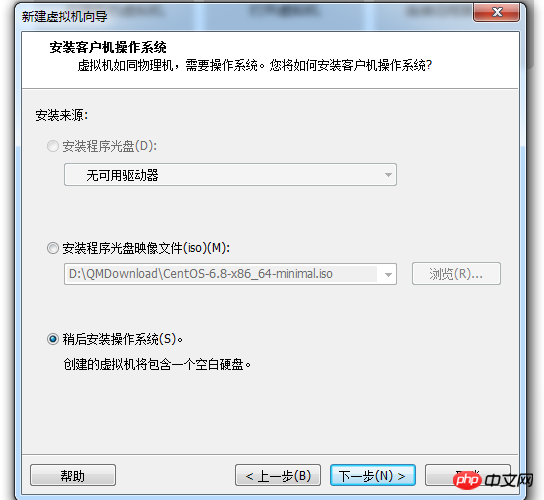


The next step is to complete
Second step: Install the image (download a linux image yourself)

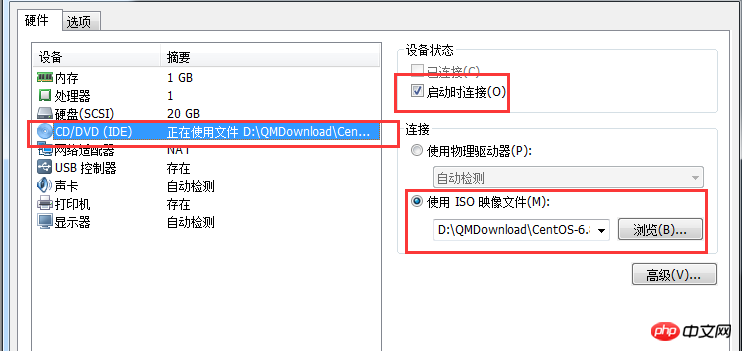
Then confirm, then re-client

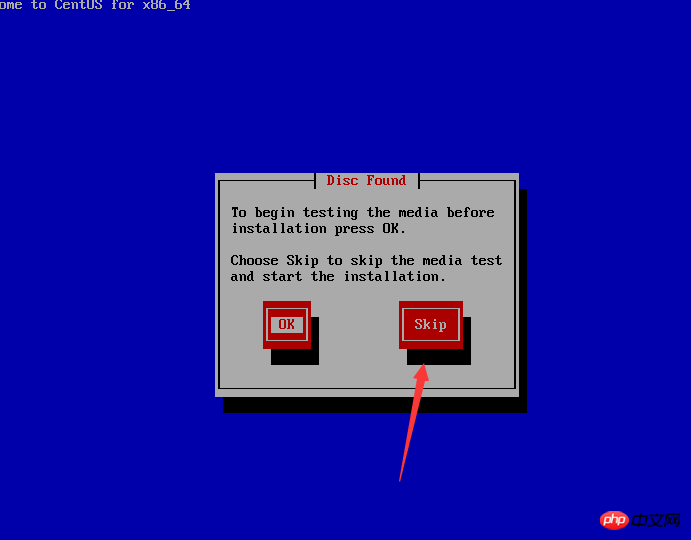
and then go all the waynext(the language can be Chinese) until this step Set a password for linux
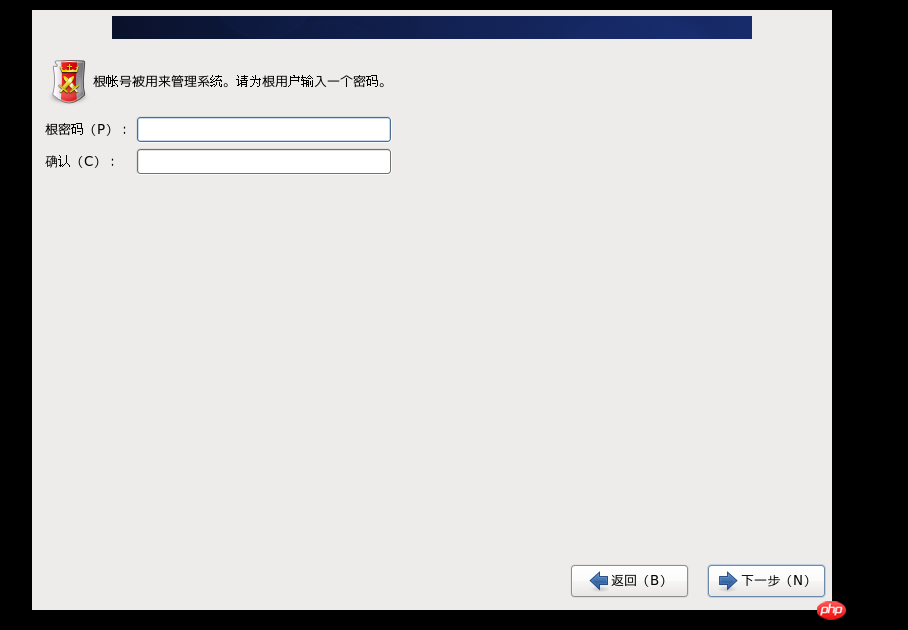
Then go all the way to next and confirm all changes
Step 3: Enter the linux system configuration network
Modify the picture below Documents in the path (change onboot to yes)


After modification, save and restart the network

Step 4: After shutting down the virtual machine
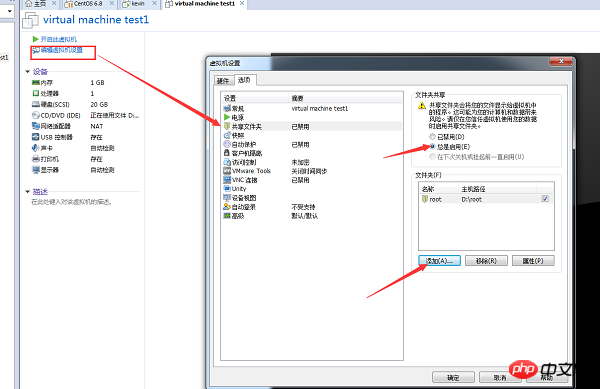
Step 5 Click VMware workstation->Click to install vmware tools
Step 6 Open the virtual machine mount /dev/cdrom mnt/www (if there is no www directory, create a new one through mkdir)
Step 7: cp the file ending in gz in the www directory to yourself User directory ~ (that is, /boot) Then go to the boot directory and decompress the gz file to get the file on the right

Step 8: cd to vmware-tools-distrib and execute the following File

Hit Enter all the way until you see this paragraph

Step 9: /etc/vmware-tools /services.shstart
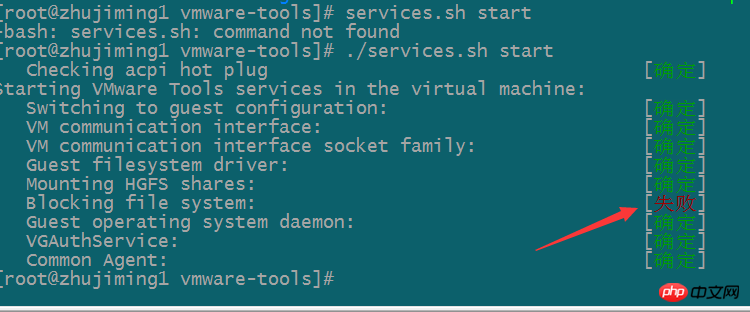
yum install fuse-libs
/etc/vmware-tools/services.shstart
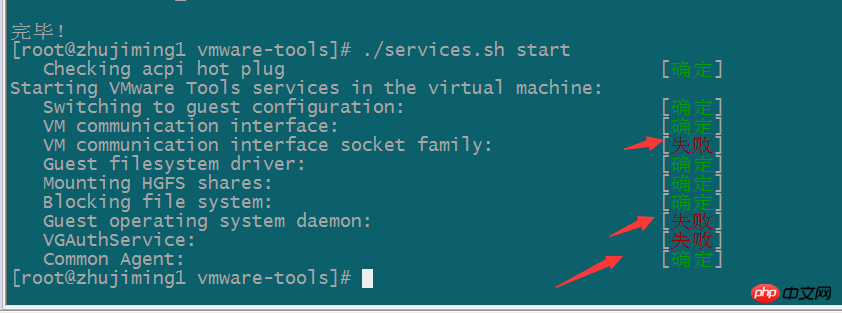
Ignore the above error report and now cd /mnt/hgfs/root (it shows the root files under the Windows D drive that I requested to share above)

#
The above is the detailed content of Detailed graphic and text explanation of linux directory mapping window local directory implemented under vmware. For more information, please follow other related articles on the PHP Chinese website!

Hot AI Tools

Undresser.AI Undress
AI-powered app for creating realistic nude photos

AI Clothes Remover
Online AI tool for removing clothes from photos.

Undress AI Tool
Undress images for free

Clothoff.io
AI clothes remover

Video Face Swap
Swap faces in any video effortlessly with our completely free AI face swap tool!

Hot Article

Hot Tools

Notepad++7.3.1
Easy-to-use and free code editor

SublimeText3 Chinese version
Chinese version, very easy to use

Zend Studio 13.0.1
Powerful PHP integrated development environment

Dreamweaver CS6
Visual web development tools

SublimeText3 Mac version
God-level code editing software (SublimeText3)

Hot Topics
 1666
1666
 14
14
 1425
1425
 52
52
 1325
1325
 25
25
 1272
1272
 29
29
 1252
1252
 24
24
 Linux Architecture: Unveiling the 5 Basic Components
Apr 20, 2025 am 12:04 AM
Linux Architecture: Unveiling the 5 Basic Components
Apr 20, 2025 am 12:04 AM
The five basic components of the Linux system are: 1. Kernel, 2. System library, 3. System utilities, 4. Graphical user interface, 5. Applications. The kernel manages hardware resources, the system library provides precompiled functions, system utilities are used for system management, the GUI provides visual interaction, and applications use these components to implement functions.
 How to check the warehouse address of git
Apr 17, 2025 pm 01:54 PM
How to check the warehouse address of git
Apr 17, 2025 pm 01:54 PM
To view the Git repository address, perform the following steps: 1. Open the command line and navigate to the repository directory; 2. Run the "git remote -v" command; 3. View the repository name in the output and its corresponding address.
 vscode Previous Next Shortcut Key
Apr 15, 2025 pm 10:51 PM
vscode Previous Next Shortcut Key
Apr 15, 2025 pm 10:51 PM
VS Code One-step/Next step shortcut key usage: One-step (backward): Windows/Linux: Ctrl ←; macOS: Cmd ←Next step (forward): Windows/Linux: Ctrl →; macOS: Cmd →
 How to run java code in notepad
Apr 16, 2025 pm 07:39 PM
How to run java code in notepad
Apr 16, 2025 pm 07:39 PM
Although Notepad cannot run Java code directly, it can be achieved by using other tools: using the command line compiler (javac) to generate a bytecode file (filename.class). Use the Java interpreter (java) to interpret bytecode, execute the code, and output the result.
 How to run sublime after writing the code
Apr 16, 2025 am 08:51 AM
How to run sublime after writing the code
Apr 16, 2025 am 08:51 AM
There are six ways to run code in Sublime: through hotkeys, menus, build systems, command lines, set default build systems, and custom build commands, and run individual files/projects by right-clicking on projects/files. The build system availability depends on the installation of Sublime Text.
 What is the main purpose of Linux?
Apr 16, 2025 am 12:19 AM
What is the main purpose of Linux?
Apr 16, 2025 am 12:19 AM
The main uses of Linux include: 1. Server operating system, 2. Embedded system, 3. Desktop operating system, 4. Development and testing environment. Linux excels in these areas, providing stability, security and efficient development tools.
 laravel installation code
Apr 18, 2025 pm 12:30 PM
laravel installation code
Apr 18, 2025 pm 12:30 PM
To install Laravel, follow these steps in sequence: Install Composer (for macOS/Linux and Windows) Install Laravel Installer Create a new project Start Service Access Application (URL: http://127.0.0.1:8000) Set up the database connection (if required)
 git software installation
Apr 17, 2025 am 11:57 AM
git software installation
Apr 17, 2025 am 11:57 AM
Installing Git software includes the following steps: Download the installation package and run the installation package to verify the installation configuration Git installation Git Bash (Windows only)



